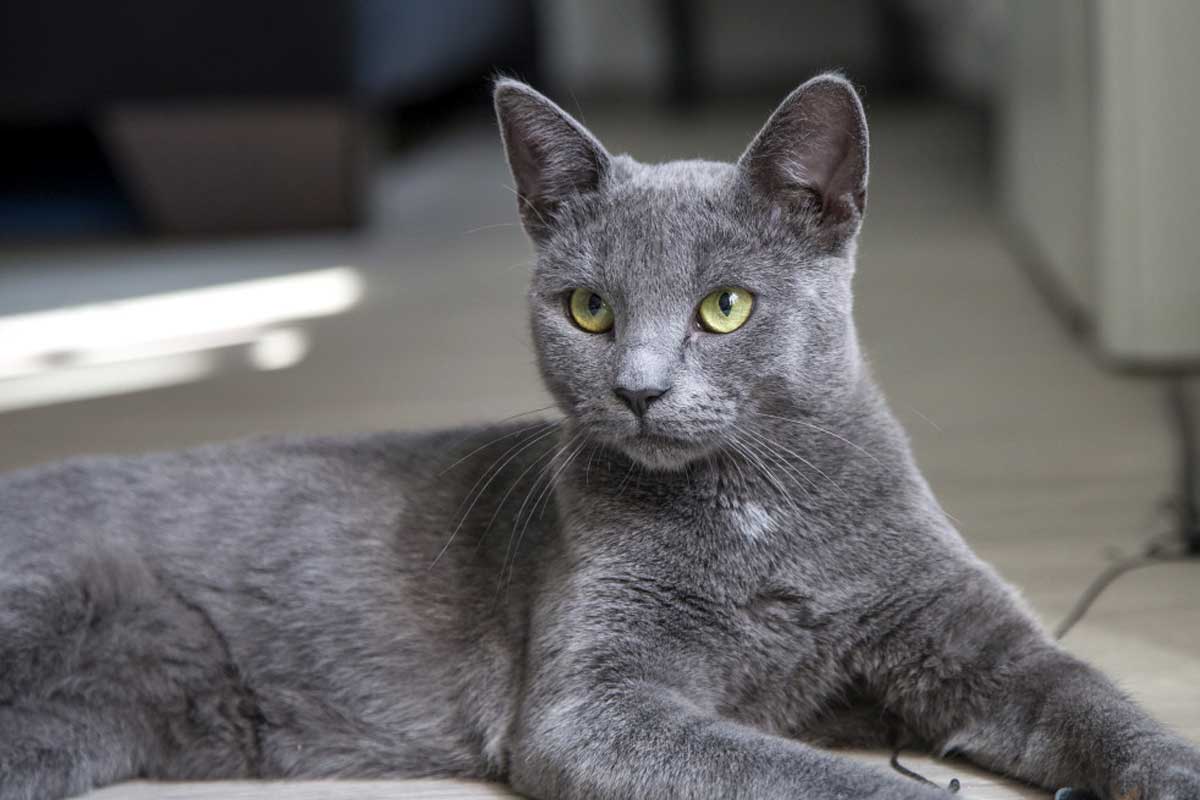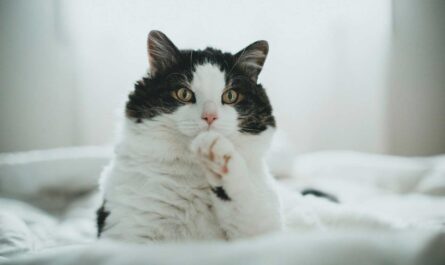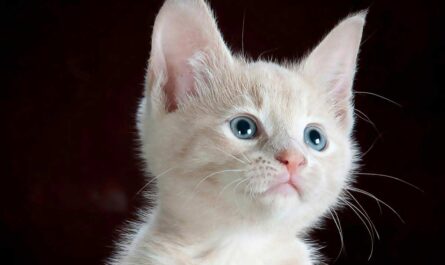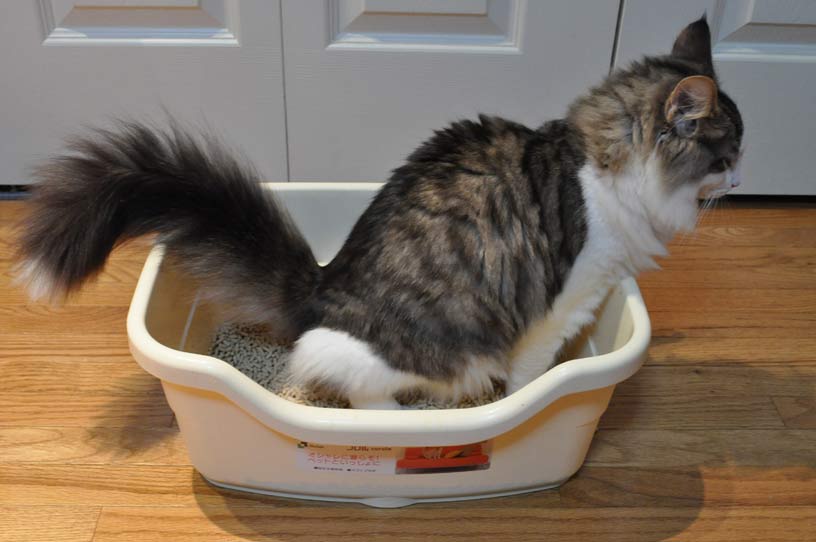Why is my cat so clingy? What are some common signs of an overly clingy cat? What are some caring tips? After an entire day immersed in the bustling activities and engagements that define the human experience, the sanctuary of the home takes on a profound allure. The respite from the external cacophony finds its zenith in the warm, welcoming presence of a feline companion. The transition from the dynamic, often unpredictable world of human interaction to the familiar realm of a loving cat is nothing short of a cathartic experience.
The Quirks of Clingy Companionship
Surprisingly, there exists a certain charm in the realm of clingy cats. Despite the potential challenges posed by their need for constant proximity, the rewards of understanding and being understood are immeasurable. Whether your feline companion exudes an air of melancholy or sheer silliness, the shared comprehension between cat and owner creates a unique tapestry of companionship. This mutual understanding, a silent pact, transforms the seemingly clingy behavior into a poignant display of loyalty.
The Enduring Dynamics of Feline Friendship
In the spectrum of human-cat relationships, the spectrum of behavior spans from lavish pampering to insistent demands for attention. Regardless of how this dynamic unfolds, the essence remains steadfast—an unwavering friendship that withstands the whims of feline moods. Spoiling your cat with indulgence or acquiescing to its attention-seeking tendencies, both paths lead to the destination of a loyal friend, eagerly awaiting the joyous moments of shared time. The endearing eccentricities of a clingy cat, in the grand tapestry of life, contribute threads of warmth and companionship that weave an intricate, enduring bond.
13 Common Signs of a Clingy Cat
3. Intense Affection Displays
In the realm of feline companionship, a clingy cat is an embodiment of intensified emotional connection, surpassing the customary boundaries of typical feline behavior. The manifestations of this heightened affection are not subtle; they are bold and unmistakable. Picture incessant head-butting, a behavior that transcends the realm of casual feline interaction. The cat, driven by an overwhelming need for emotional bonding, persistently rubs against its human companion, blurring the lines between mere physical contact and a profound desire for connection. However, the pinnacle of this overt display is the insistent demand for cuddling sessions—a demand that goes beyond the ordinary and serves as a testament to the cat’s profound longing for emotional closeness.
4. Anxiety-Driven Vocalizations
When a cat grapples with clinginess, it transforms its vocal expressions, moving beyond the usual repertoire of meows. What emerges is a symphony of anxiety-laden vocalizations—a complex language of emotional distress. Each meow becomes a poignant plea, a desperate cry for reassurance and proximity. It is as if the cat has unlocked a new dimension of communication, where each vocalization is laden with the weight of its overwhelming need for constant companionship. These sounds, distinct and emotionally charged, underscore the depths of the cat’s anxiety and its fervent desire to bridge the perceived emotional gap.
5. Persistent Following and Shadowing
In the intricate tapestry of feline behavior, another unmistakable sign of a clingy cat emerges in the form of unrelenting persistence. Beyond mere curiosity, this behavior transforms into a meticulous shadowing routine, surpassing routine exploration. The cat’s desire for proximity becomes almost palpable—a tenacious presence that mirrors every move of its chosen companion with unwavering dedication, transcending the realms of ordinary feline companionship.
6. Reluctance to Be Alone
In direct contradiction to the pervasive image of a solitary and self-reliant feline, a clingy cat unveils its true nature through a palpable aversion to solitude. The mere contemplation of being left alone induces a restlessness that finds expression in vocal outbursts of discontent. This unwillingness to embrace solitude serves as a poignant reminder of the cat’s profound yearning for continuous companionship, transcending the conventional boundaries of feline independence.
7. Selective Socialization
In the enigmatic world of feline social dynamics, the clingy cat emerges as a curious paradox – a creature of intense attachments, yet discerning in its social affections. This feline companion, with an inclination for clinginess, reveals a selective approach to socialization. While forging bonds of unparalleled intensity with its chosen human, the cat erects emotional barricades against the unfamiliar. Interactions with strangers or fellow pets become a restricted narrative, a bespoke expression of attachment reserved exclusively for a chosen few. This selective socialization paints a complex portrait of the clingy cat, a creature that wields its affection with discerning precision.
8. Overly Demanding Behavior
Beneath the veneer of furry charm lies a cat, driven by an insatiable craving for attention. The clingy feline, in its pursuit of companionship, unleashes a symphony of demanding behaviors that reverberate through the corridors of its human existence. Persistent meowing, pawing with an insistence bordering on the assertive, or even more dramatic acts become the cat’s chosen repertoire. Each demand, an emphatic plea for undivided attention, transforms the household into a stage where the feline’s desires take center stage. The overly demanding behavior becomes not just a manifestation of neediness but a continuous, sometimes perplexing, symphony that punctuates the cat’s unyielding desire for the spotlight of its human focus.
Other Interesting Articles
- Cornish Rex Cat Breed: Profile, Traits, Health, Grooming, Care
- Colorpoint Shorthair Cat Breed: Profile, Traits, Grooming, Care
- Cheetoh Cat Breed: Profile, Traits, Health, Grooming, Care
- Chausie Cat Breed: Profile, Traits, Health, Grooming, Care
- Chartreux Cat Breed: Profile, Traits, Health, Grooming, Care
- Chantilly, or Tiffany Cat Breed: Profile, Traits, Grooming, Care
- Cymric Cat Breed: Profile, Traits, Health, Grooming, Care
- Dragon Li Cat Breed: Profile, Traits, Health, Grooming, Care
- Donskoy Cat Breed: Profile, Traits, Health, Grooming, Care
- European Shorthair Cat: Profile, Traits, Health, Grooming, Care
- German Rex Cat Breed: Profile, Traits, Health, Grooming, Care
- Havana Brown Cat Breed: Profile, Traits, Coats, Groom, Care
- Kurilian Bobtail Cat Breed: Profile, Traits, Coats, Groom, Care
- Korat Cat Breed Profile: Health, Traits, Coats, Groom, Care
- Javanese Cat Breed Profile: Health, Traits, Coats, Groom, Care
- Japanese Bobtail Cat Profile: Health, Traits, Coats, Groom, Care
- LaPerm Cat Breed Profile: Health, Traits, Coats, Groom, Care
- Manx Cat Breed Profile: Health, Traits, Coats, Groom, Care
- Nebelung Cat Breed Profile: Health, Traits, Groom, Care
- Norwegian Forest Breed Profile: Health, Traits, Groom, Care




